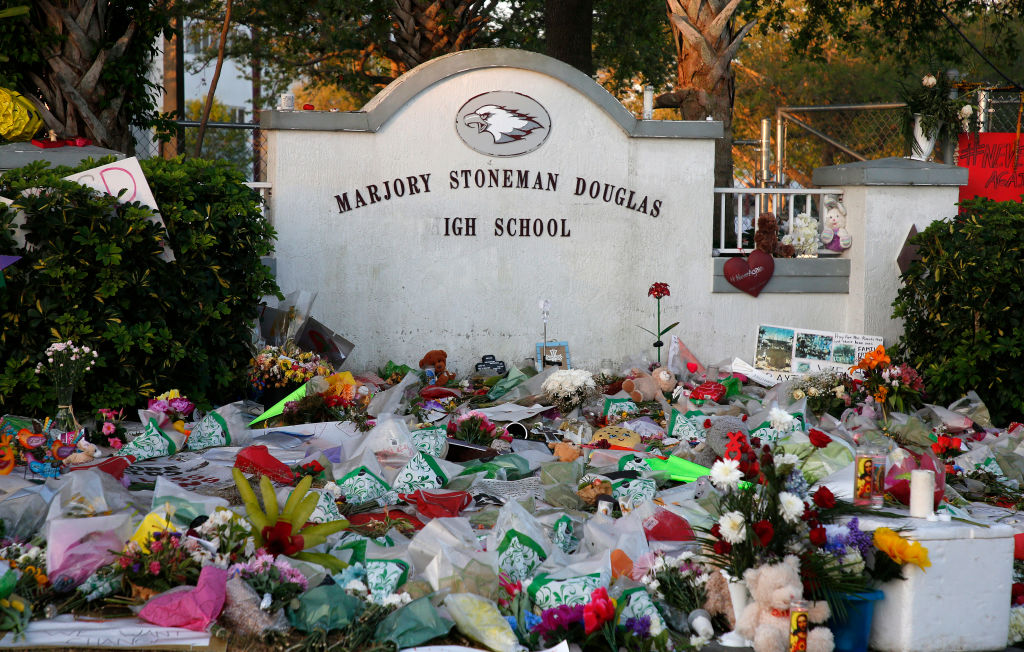
In the wake of any high-profile suicide, public health experts steel themselves for the aftershock. Suicide contagion, the phenomenon by which exposure to one suicide death can trigger suicidal behavior in others, is well-documented but poorly understood.
A recent study published in the journal Society and Mental Health adds to the knowledge about why suicide contagion occurs. And it spotlights a common mistake that people may make when a community experiences suicide: normalizing these deaths.
“When there’s an unexpected death, people take notice,” says study co-author Seth Abrutyn, an assistant professor of sociology at the University of British Columbia in Canada. “They try to make sense of what’s happening.” And when they do, Abrutyn says, community members may unwittingly contribute to suicide contagion.
For the study, Abrutyn and his colleague Anna Mueller embedded in “Poplar Grove,” a pseudonym for a wealthy, predominantly white suburb in the U.S. with an unusually high youth suicide rate. At least 16 current or recently graduated high school students there have died by suicide since 2005, the paper says. Three distinct “suicide clusters,” or related strings of suicide deaths, have been identified in Poplar Grove, and each one involved at least one “high status” young woman who was academically, socially and extracurricularly successful.
For more than two years (during which time three new suicides occurred) the researchers conducted dozens of in-depth interviews and focus groups in the community to learn about the roots of suicide contagion. They interviewed 98 Poplar Grove residents who knew someone in the community who had died by suicide, as well as 20 young people who had lost a loved one to suicide but didn’t have a connection to Poplar Grove.
They noticed two distinct patterns. Outside Poplar Grove, most people mentioned mental illness as the primary catalyst of suicide. But within Poplar Grove, a striking number described a community-wide culture of academic, athletic and social pressure that they believed was responsible. (Many mentioned mental illness as well.)
“It just kept coming up,” Abrutyn says. “That was the story that everyone was sticking to,” whether they were asked about recent suicides or those that had occurred years ago. Many young interviewees also said they felt this pressure themselves.
There is some value in broadening discussions about suicide beyond mental health issues alone, Abrutyn says. Suicide deaths rarely have one singular cause, and blaming every suicide death on mental health conditions could contribute to stigma around these diagnoses, Abrutyn says. But Poplar Grove’s collective narrative of linking a high-pressure environment to suicide may have inadvertently contributed to suicide clusters, Abrutyn says.
When young people start to equate suicide with a way to escape a common problem or experience, it can seem like an increasingly viable and understandable option, he says. “It makes suicide applicable to kids who are also experiencing that problem,” he explains — especially when kids who seem to “have it all” die by suicide. “[Other students think,] ‘If their struggles led to this, then perhaps this is a way of expressing the distress that adults aren’t seeing or hearing or picking up on.'”
Poplar Grove, a tight-knit, affluent community with an academically rigorous high school, was the perfect breeding ground for this pressure narrative, Abrutyn says. But while other schools or communities might develop slightly different explanations for suicide, he says it’s likely that every group has a story of some kind. No matter the details, the result could be the same: making death by suicide seem like an understandable response to a shared issue.
“There are more Poplar Groves in the United States,” Abrutyn says. “It’s really more chance that there aren’t more of these cluster sites than anything. It’s really one high-status suicide away from potentially changing the story in that community.”
Abrutyn’s study comes just a few weeks after two students in Parkland, Fla. — at least one of whom survived the mass shooting there last year — died by suicide just days apart, in an apparent example of suicide contagion. The successive suicide deaths of famed designer Kate Spade and chef Anthony Bourdain last year also contributed to fears of suicide contagion because they were broadcast and publicized so widely. Researchers estimate that the 2014 suicide death of actor Robin Williams contributed to a 10% increase in suicides over the following four months.
Research has shown that media coverage of high-profile deaths like these can contribute to suicide contagion. But when done properly, and when paired with an appropriate community response, it can also be a way to dispel potentially dangerous thought patterns about suicide, Abrutyn says.
“There is some suggestive evidence that narratives or stories about resilience have potentially positive protective effects,” Abrutyn says. Than can mean “telling the story about kids who have actually pulled through these struggles, and [emphasizing that] there are ways to get help,” rather than only memorializing or glamorizing those who have died by suicide. Schools and community figures should also give clear and non-inflammatory information about suicide, the authors write. Finally, it’s important to avoid stigmatizing psychological pain, and instead encourage those who are struggling to seek help.
If you or someone you know may be contemplating suicide, call the National Suicide Prevention Lifeline at 1-800-273-8255 or text HOME to 741741 to reach the Crisis Text Line. In emergencies, call 911, or seek care from a local hospital or mental health provider.
More Must-Reads from TIME
- Cybersecurity Experts Are Sounding the Alarm on DOGE
- Meet the 2025 Women of the Year
- The Harsh Truth About Disability Inclusion
- Why Do More Young Adults Have Cancer?
- Colman Domingo Leads With Radical Love
- How to Get Better at Doing Things Alone
- Michelle Zauner Stares Down the Darkness
Write to Jamie Ducharme at jamie.ducharme@time.com